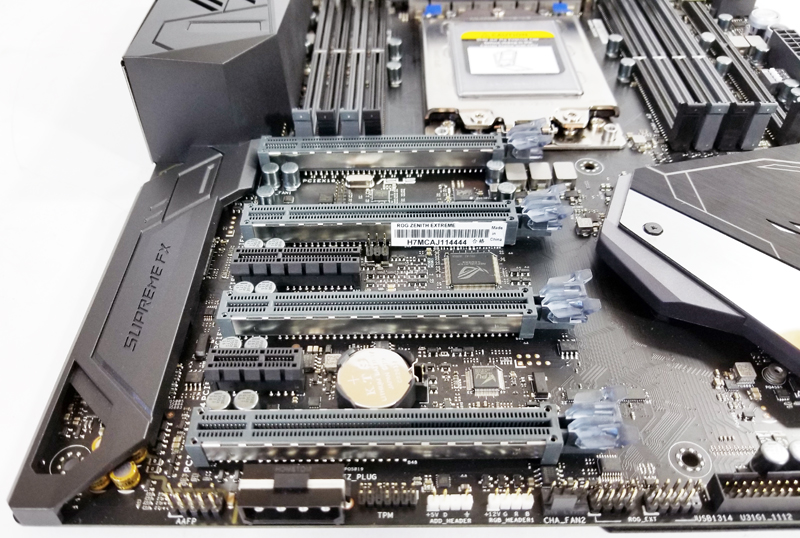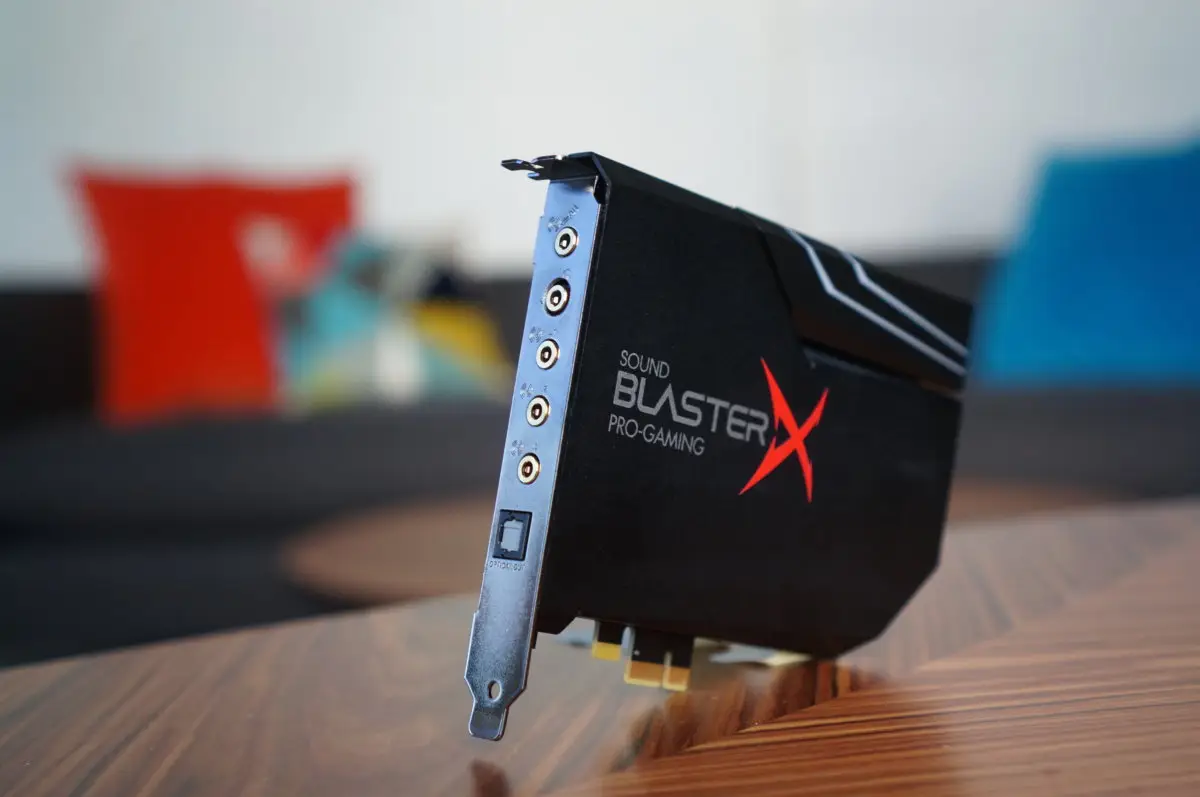Whether you have built your own workstation from the ground up or are looking to add to an already existing computer, if you’ve got extra PCIe slots, we can help. By the end, we will have discussed a bit about what PCIe slots are, how many are typically needed, and which PCIe slots are the most efficient, and we will cover a list of ways to get the most use out of extra PCIe slots.
What Are PCIe Slots?
PCIe (Peripheral Component Interconnect Express) slots are expansion slots found on a computer's motherboard. They allow additional hardware components to be connected to the computer, such as graphics cards, sound cards, network cards, and other peripherals.
PCIe slots come in different sizes, with the most common being PCIe x1, PCIe x4, PCIe x8, and PCIe x16, which indicate the number of lanes available for data transfer. The size of the PCIe slot needed depends on the specific hardware component being installed and the available PCIe slots on the motherboard.
The most common are PCIe x16 slots, which many modern-day GPUs are slotted into. Keep in mind there are generations to PCIe, each doubling in transfer speeds subsequently. PCIe 3.0 is a slower and older standard at 8 gigatransfers per second; PCIe 4.0 is the current generation at 16GT/s; PCIe 5.0 is the most recent of the bunch at 32 GT/s. PCIe slots feature the same pin layout and thus are forwards and backward-compatible. However, a PCIe 4.0 card slotted into a PCIe 3.0 slot will run at the lowest denomination speed (PCIe 3.0).
The most common PCIe slot currently in use are PCIe x16 slots, PCIe x4 slots, and PCIe x1 slots as shown in the picture below. This particular motherboard has 4 PCIe x16 slots, 1 PCIe x4, and 1 PCIe x1.
PCIe

6 Different Ways PCIe Slots Are Used
GPUs are the most common to complete your build and it comes as a no-brainer. If you are choosing to purchase parts or purchase a workstation, GPUs are a must-need for any sort of gaming or productivity.
We are going to assume you already installed a GPU and have an extra PCIe slot or two you want to utilize. There are a number of ways you could utilize your extra motherboard PCIe slots, but these are going to be the most common options. Get creative and tailor your system to how you would like your slots to be utilized and make sure you choose the right configuration for your motherboard.
1. Another GPU
That's right, more GPUs! You do have to be careful about what you choose for your first GPU; mixing even different branded GPUs can be a headache and is not recommended. For workstation use, the NVIDIA RTX line of graphics cards such as the RTX 6000 Ada or RTX A6000 is dual-slotted GPUs meant for multi-GPU configurations allowing up to 4 GPUs on a full ATX motherboard and compatible case. They do cost a pretty penny but the scalability, reliability, and data-center-oriented qualities of the card are bar none.
Our team at SabrePC specialized in GPU-accelerated computing with optimized systems ranging from Life Science, Deep Learning, and 3D Content Creation.
2. PCIe USB Hub Card
For a standard motherboard with extra PCIe x1 slots, utilize them by adding additional USB ports onto the computer without needing more dongles and splitters. These can be incredibly handy for extra connectivity while keeping your setup sleek. These USB expansion slots not only come in an external form but also for internal USB headers for more RGB, fans, and more. These USB hub cards come in many formats, and sometimes include a free M.2 slot in addition to more USB ports. For a deep dive into how to choose the right USB for you, see our article on the best USB-C cards.
3. Sound Cards
For users interested in audio engineering, investing in a sound card can sound like a great idea. While sound cards still exist, the fascination with them has died down with audiophiles turning to DACs or digital to analog converters. However, sound cards hold a place for adding an optical audio port or TOSLINK if your motherboard does not have one already.

4. PCIe Networking & WiFi Cards
Some motherboards come WiFi enabled and all include an ethernet port. However, if you wanted to upgrade your networking, your extra PCIe slots can come in handy. The most common upgrade to cheaper motherboard is a PCIe WiFi card. You can even upgrade your WiFi to more current forms of wireless connectivity like WiFi 6e or WiFi 7 (when it comes out). There are also PCIe networking cards that enable gigabit ethernet. 10GB ethernet cards can come in PCIe x4 slots whereas 100GBe and fiber channel cards go all the way up to x8 and x16.
5. M.2 Carrier Cards
Storage expansion cards are a great way to increase the amount of storage in your PC. If you already populated all your M.2 slots, you can get an M.2 expansion card to add additional slots for additional SATA or NVMe drives. M.2 interface already communities via PCIe using 4 lanes. A PCIe x16 slot can get you 4 additional M.2 slots from this ASUS M.2 expansion card.
6. PCIe Video Capture Cards
This option may only be applicable to avid streamers and content creators, but for those who can benefit, it makes sense to use extra PCIe slots for video capture cards designed to stream or help record. There are USB versions of capture cards, but the usefulness of a PCIe capture card is not having to worry about overloading the USB interface or taking up desk space. With a PCIe capture card, you can benefit from lower latency and more reliable recording/streaming.
Looking For More Information On AI?
Knowing your options for extra PCIe slots is half of the problem. Knowing what makes the most sense for your personal computer or workstation is going to be the tricky part. If you get stuck and need some advice or need help getting pointed in the right direction, then contact us and we will help as best as we can.
If you think we missed something big or you have other questions, then you can use that same link to reach out and we will see if we can improve or help out in some way. Meanwhile, if you want to learn more about motherboards, PCIe slots, etc., then make sure to head on over to our blog.


